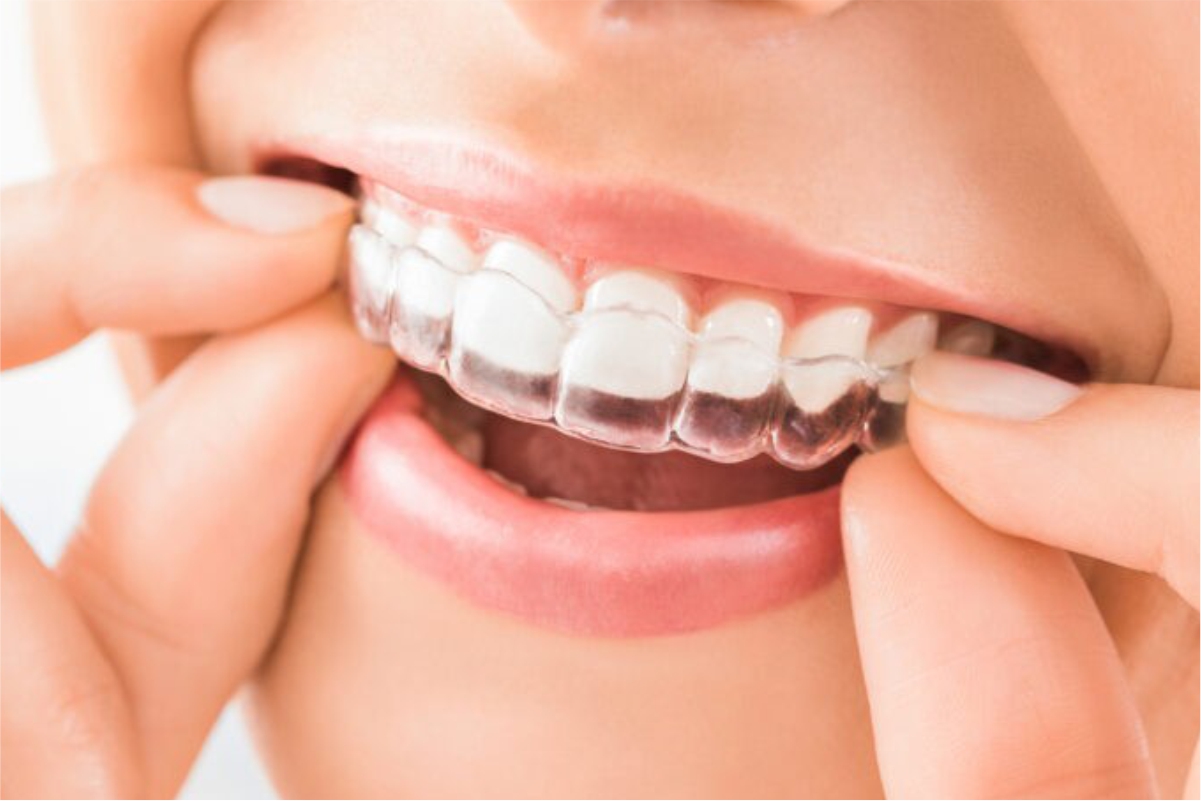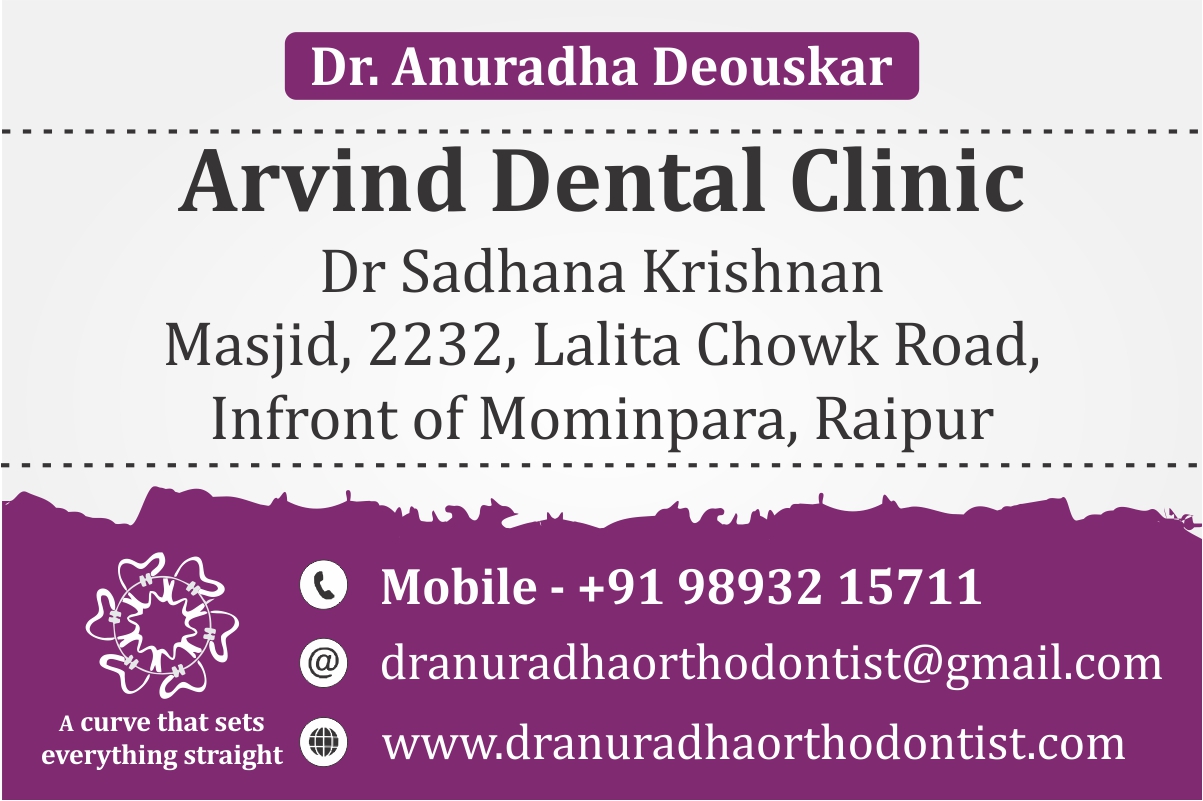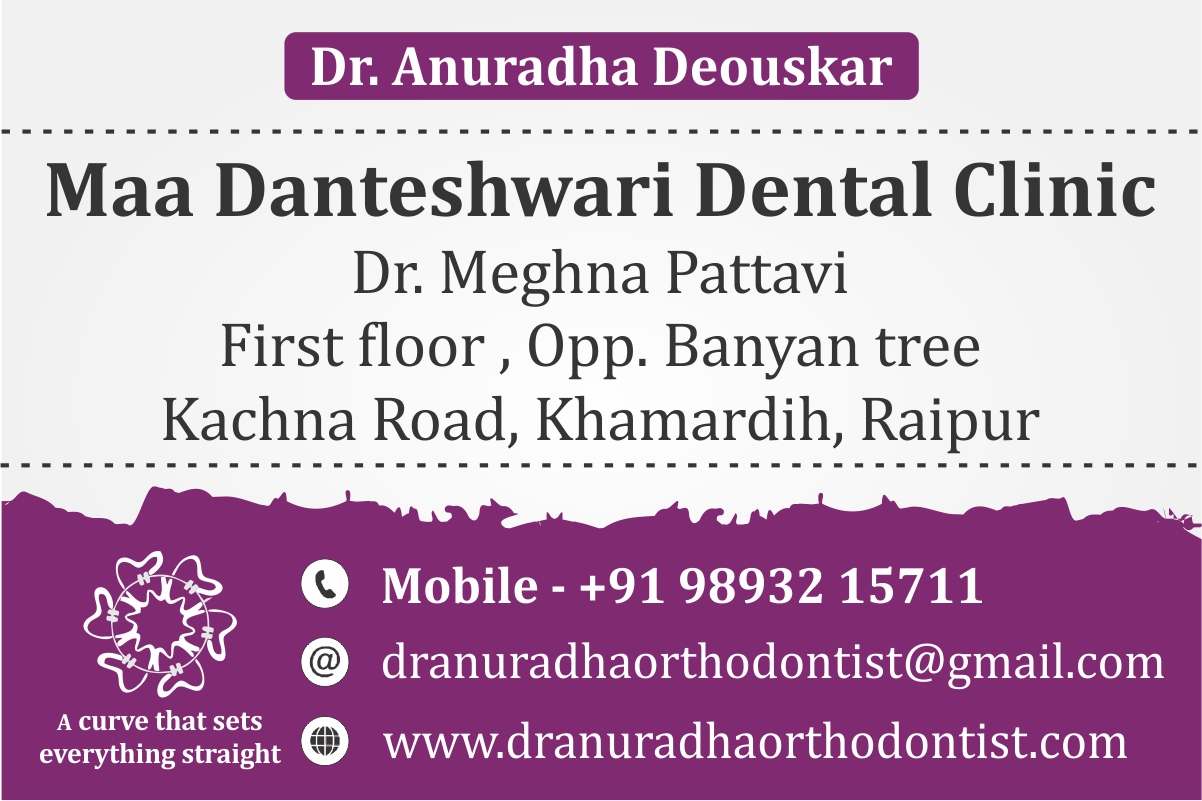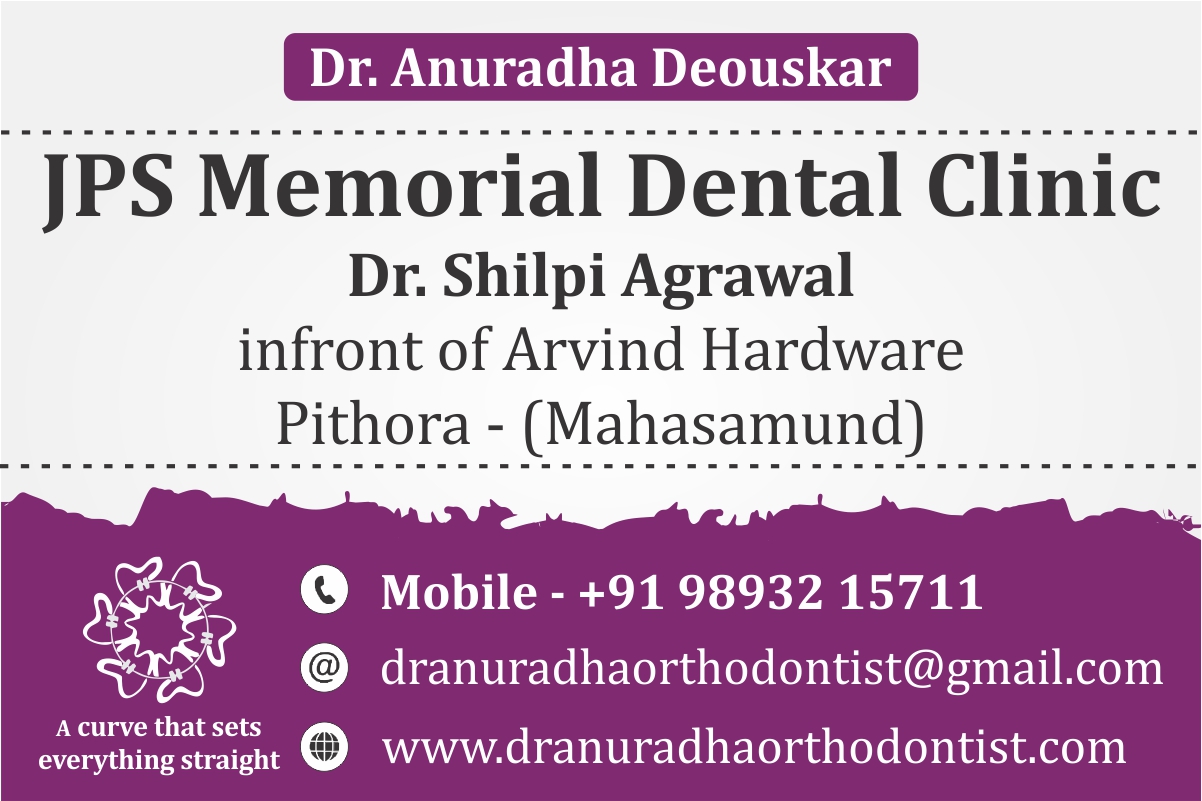Orthodontic Treatment Done

Dr. Anuradha Deouskar
BDS (Gold Medalist), MDS (Orthodontics)
Orthodontist & Dentofacial Orthopedics Surgeon (Braces and Aligner Specialist)
Freelancer Orthodontist in various clinics
Dr. Anuradha Deouskar is a skilled and passionate freelancer orthodontist who provides specialized orthodontic care at approximately 30+ clinics across Raipur and Chhattisgarh due to her expertise in the field of Orthodontics & dentofacial orthopedics. This role offers flexibility and the opportunity to work in diverse clinical environments, helping patients achieve their best smiles. She has Strong communication and interpersonal skills and can work independently and manage time effectively across multiple locations. Below are the address slides of clinics.
Orthodontic Problems & Treatments
Orthodontic problems involve misalignments or irregularities in the teeth and jaws, which can affect both the function and appearance of a person's smile. Common orthodontic issues include crooked teeth, overbites, underbites, crossbites, and open bites. These problems can result from genetic factors, thumb-sucking, poor dental habits, or trauma.
Here’s a breakdown of common orthodontic problems, their treatments, and the kind of before-and-after transformations you might see. Orthodontic treatments, whether using traditional braces or more modern options like clear aligners, can drastically improve both the function of the teeth and the appearance of the smile or dentofacial orthopedics surgery. The before-and-after transformation is often dramatic, with better alignment, improved bite, and enhanced facial aesthetics.
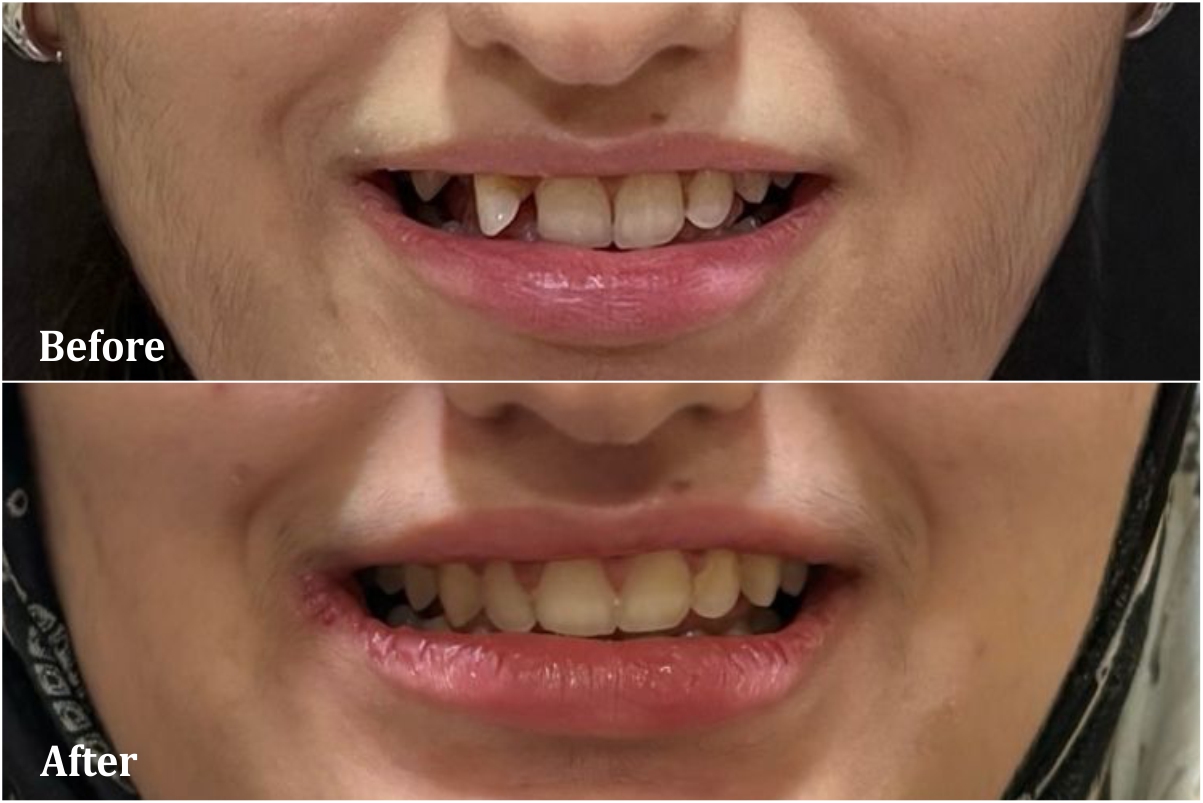
Crooked Teeth

Crowded Teeth

Mismatched Jaws

Poor Overlap of Teeth

Extra or Missing Teeth

Jaw Joint Discomfort

Spaced Teeth

Crossbite Teeth
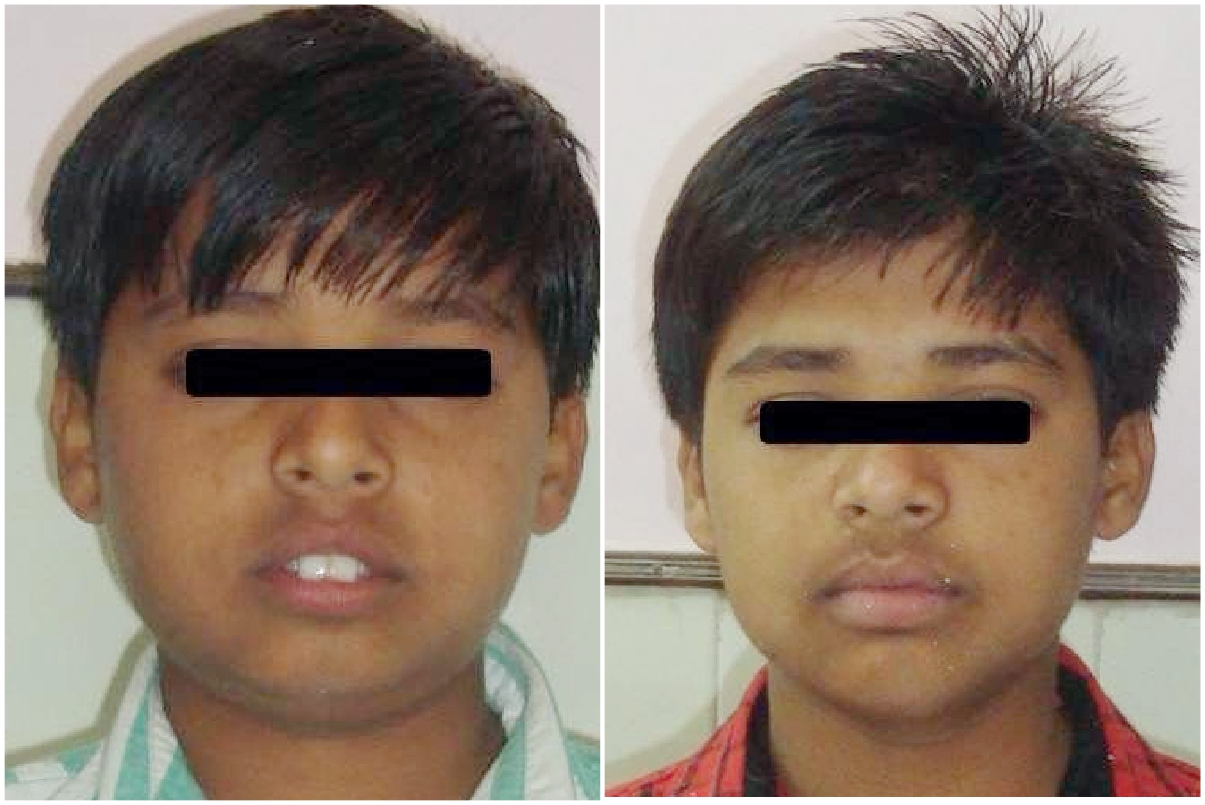
Incompetent Lips

Proclined Teeth

Impacted Canin

Adult Treatment
Dr Anuradha Deouskar - Extraordinary treatments record
Braces - Most Popular & effective Orthodontic Treatment
Braces are a popular and effective orthodontic treatment used to correct various dental issues, including crooked teeth, misaligned bites, and jaw positioning problems. Braces gradually move the teeth into a more optimal position using gentle pressure over time.
Types of Braces: There are several types of braces, each designed for different needs and preferences:
1. Traditional Metal Braces
2. Ceramic Braces
3. Lingual Braces
4. Clear Aligners
5. Self-Ligating Braces
Braces are often associated with adolescents, but many adults are also opting for orthodontic treatment. The best age to begin orthodontic treatment depends on the severity of the issues and individual needs. Typically, children get braces around ages 10–14 when their teeth and jaws are still growing, but adults can start treatment at any age. The orthodontist will evaluate the situation and recommend the best approach.
Braces are an investment in your oral health and appearance, and they offer a solution to a variety of dental issues that can improve both function and aesthetics. The key to success is following your orthodontist’s instructions and maintaining good oral hygiene throughout treatment.
If you're considering braces, it’s a good idea to schedule a consultation to discuss which type of braces might be right for you and what you can expect throughout your treatment.
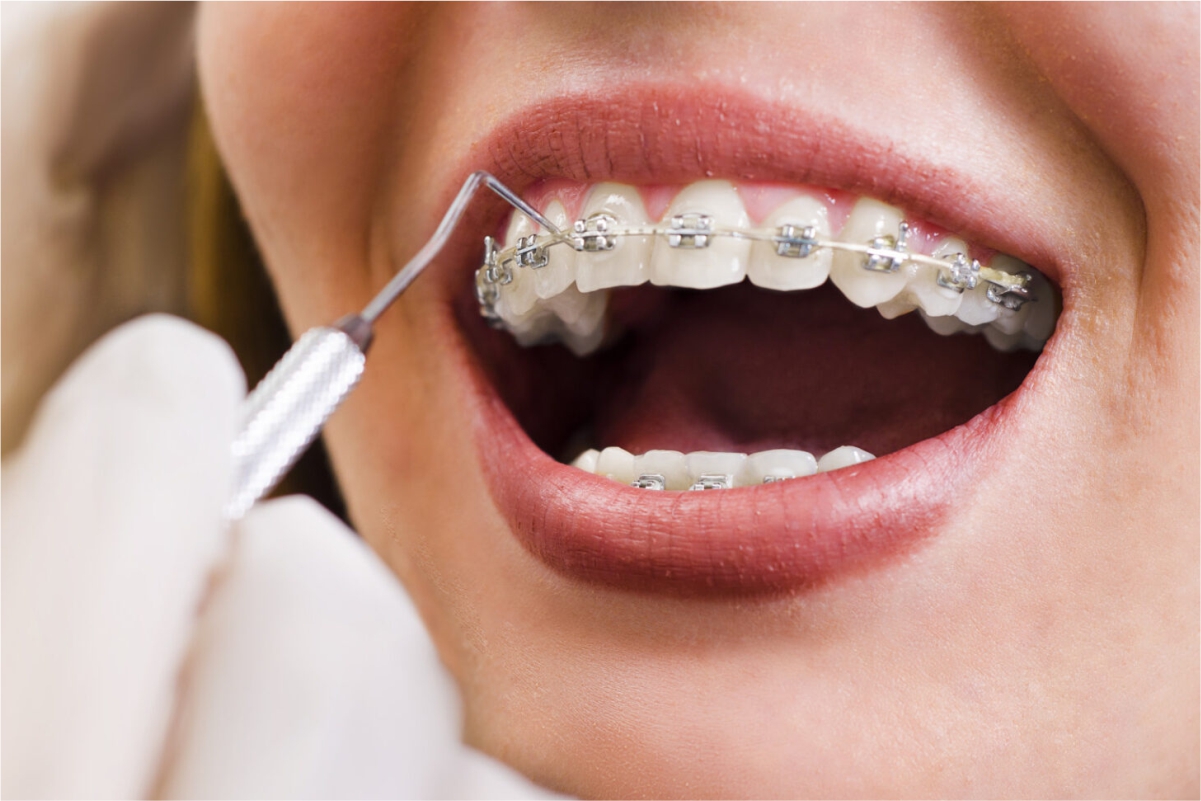
Metal Braces

Ceramic Braces

Lingual Braces
